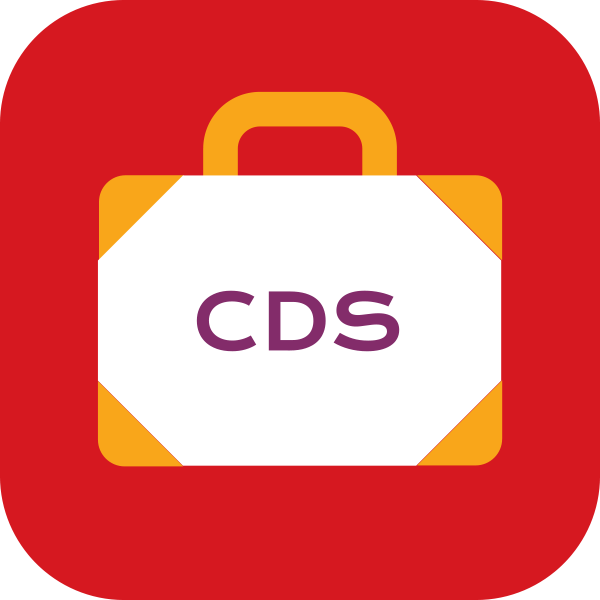Manor Leas Junior Academy is a three-form entry Junior School in Lincoln which has been using GL Assessment’s Complete Digital Solution (CDS) for several years to track progress over time for all of their pupils. Greg Scott, Assistant Headteacher, explains how the school used the New Group Reading Test (NGRT) to analyse the impact of lockdown on reading with their pupils.
After the first lockdown, it was clear, as for schools across the country, that children had very different experiences while learning at home. Through our remote learning offer and online learning provision, teachers were able to track children’s use of spelling, vocabulary and reading programmes.
To gauge how effective these had been it was important for the school to shift our end-of-year assessments to the beginning of the new school year. We made this a priority to assess attainment and gaps. As we are a junior school, we would also normally baseline our Year 3s early in September.
Through using NGRT, the main gaps which were identified were linked to summarising and the pupils' use of language. Additionally, the understanding of non-fiction organisational features was identified as an area to develop. These areas were and continue to be a focus.
To analyse the impact of the first lockdown, NGRT data from the Autumn term was compared to the Summer term data from the year before.
|
NGRT |
Data comparison from previous year’s mean SAS |
2020 Autumn 2 mean SAS |
|
Year 3 Girls |
- |
94 – 100 ( + 6) |
|
Year 3 Boys |
- |
90 – 94 (+ 4) |
|
Year 4 Girls |
104 – 97 ( - 7) |
97 – 105 (+ 8) |
|
Year 4 Boys |
100 – 93 ( - 7) |
93 – 100 ( + 7) |
|
Year 5 Girls |
105 – 102 ( - 3) |
102 – 101.7 ( - ) |
|
Year 5 Boys |
93 – 91 ( - 2) |
91 – 92 ( + 1) |
|
Year 6 Girls |
104 -102 ( - 2) |
102 -105 ( + 3) |
|
Year 6 Boys |
102 – 101 ( - 1) |
101 – 105 ( + 4) |
From looking at the mean data, it was possible to see groups/year groups which were more affected by lockdown than others. All year groups saw a decline in their Standard Age Score (SAS). This macro view of reading attainment provided a starting point for leaders and teachers in how to approach the teaching of reading during the Autumn term. The data did show that the drop off in attainment was not as much as we had perhaps expected, so we felt more secure in returning more quickly to pre-lockdown learning expectations.
On return to school in September, we were impressed by the resilience of the children and their ability to return to our timetabled curriculum. We felt it was important to assess reading again in December to ensure that we had three assessment points throughout the academic year. By the end of the Autumn term, if children were not working at their previous year capabilities we would focus more keenly on interventions and additional support.
It is clear from the December data point that pupils were able to adapt quite quickly and begin filling the gaps they had missed. Overall, year groups had returned to or improved on their pre-lockdown scores – the exception being Year 5. The data also showed that vulnerable and disadvantaged pupils had fallen behind, due to lack of engagement with home learning. During the most recent lockdown in early 2021 we have therefore worked intensely to engage hard to reach families/pupils and help get technology into their homes.
NGRT is used termly to ensure that we are regularly tracking the progress of children. This is not purely to celebrate the impact of our reading teaching provision, but also to track those children that have not made the expected progress. As the learning curve for assessments can be different for each child, tracking on a termly basis enables us to see what patterns of learning behaviours we see throughout the academic year. This will enable us to see year on year trends in the data.
Throughout the year, we also use an online reading resource with high quality texts. By tracking the data termly, we can see which units of work might be having a greater impact on children’s understanding of certain aspects of the curriculum. Staff meetings are allocated so that teachers can analyse data to look for patterns within their class as well as across our three-form entry Junior School.
By the end of the school year, all pupils will be able to sit the full suite of assessments in the CDS package as they would normally in every academic year. As well as tracking progress, we are also able to share the data with parents in their end-of-year reports and our Year 6 pupils take this information forward onto their secondary schools.
Manor Leas Junior Academy is one of our Centres of Assessment Excellence


